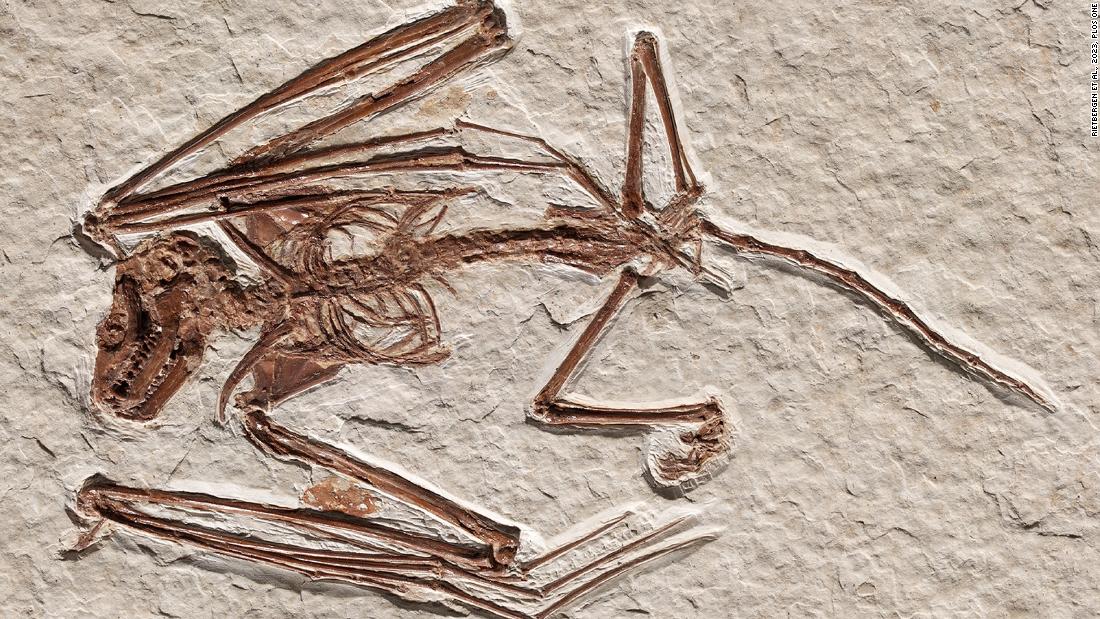The Best Aussie Prices for a Lap Smashing Thrustmaster T818 Base, Evo 32R Wheel and Pedals Package
Getting to grips with a not-inexpensive bit of kit that aims to deliver the goods come race day.

I'm always looking for a new excuse to glove up, grip some wheel, and get back into my favourite racing sims. The other week, the universe handed me two compelling reasons to do so. For starters, Thrustmaster asked if I wanted to put its T818 setup through its paces. For seconds and as if on cue, Sony also had the good sense to release an adapter to allow my PlayStation VR2 headset to work on PC.
As we all should know by now, racing games + any VR helmet placed upon one's petrolhead = a match made in heaven. With the phantom jolts of a recent Moza R12 Wheel experience still ringing faintly in my forearms, I cleared my test desk and set to building a whole new endorphin-delivering ecosystem.
The list of the specific components I cobbled together is laid out below. You can skip that eye-watering window shopping by clicking here to jump to my continued thoughts.
Thrustmaster T818 Test Setup
Featured in this article
- Thrustmaster Cockpit Mount - $89
Thrustmaster T818 Wheel Base
If you're looking to up-shift into a wheel ecosystem that delivers a realistic driving experience and a wrist-taxing degree of force feedback, veer towards the T818, Thrustmaster's current and highly impressive flagship wheel base. Though you can find slightly wilder Direct Drive motors out there that deliver 12nm (think: the Moza R12), the beefy 10nm offered here still provides smooth, angular acceleration and instantly communicated force effects.
If you're a rookie coming to this class of steering wheels from the non-DD generation, the sensations awaiting you will feel mind-blowingly, price-justifyingly better. If you're a DD veteran, like me, you'll find the T818 is a competitively priced unit that capably qualifies for its place in the grid of premium peripherals.
Speaking of steep entry price, let's not forget that this unit is just the foundation for a pick 'n' mix proposition of BYO pedals, wheels, shifters, etc. The brilliant news, then, is that Thrustmaster is uncommonly dedicated to ensuring a great many of same said components—past, present, and future—are compatible with the T818, thanks to the two "quick release" connectors included.
Aesthetics-wise, this base is definitely a bit more “Capital G Gamer” chic when compared to some of its closest price range competitors (like the Moza R line and the Logitech G Pro Wheel). That being said, the more overt facets of this design—like the coloured outer plates and the LED disco lighting around the wheel connection—can be either parted out (extra cost) to more gun metal plates or disengaged in the software, respectively.
Personally, I like the option to have a splash of colour and a bit of show ponying going on with my peripherals. I see those as total positives, unlike the slightly bulbous, 19.2 x 22.4 x 18 cm (WDH) appearance of this base (which could just be me being spoilt by the diminutive Moza R12 which somehow delivers more grunt via a svelter package). I came to love the look eventually, though.
Thrustmaster EVO 32R Wheel
As I mentioned,before, if you're already a Thrustmaster customer, chances are very high that your existing wheel will fit and place nice with the T818's ridiculously back-compat friendly quick-release system. That being said, if you wish to modernise your wheel as you upgrade the base, I'd highly recommend you look into the EVO 32R, a synthetic leather-clad, 320mm offering that's built to satisfy a wide range of racing disciplines, be it GT, rally, oval, drifting, or off-road.
In terms of compatibility, it's also worth noting that this isn't just a T818 proposition—the EVO 32R can interface with PlayStation bases (T-GT I/II and T300) or Xbox ones (TS-XW, TX). The versatility continues with the EVO 32R offering the ability to mix 'n' match paddles shifters and rims. You can also give it a less dramatic makeover by using a torgque screwdriver to massage the position of its two top thumb button modules to a better position. That's pretty handy stuff (literally speaking) if you're jumping between disciplines and you want your inputs just so.
I think Thrustmaster found a pretty great balance here between durability, comfort, and cost. The top-mounted 7-bar LED works fine and adds some extra visual info, and I couldn't find a bad egg with any of its many inputs (a 4-way dpad, 9 buttons, and 4 rotary encoders with push-button functionality). Likewise, the magnetic sensored shifters feel precise, nicely and sizeably curved, and don't come with an overly jarring metal-on-metal retort that some of its competitors deal in.
Thrustmaster T-LCM Pedals
Last but not least, let's move downwards to the rootstem of this package—Thrustmaster's T-LCM Pedals. As the more learned simmers among you may have guessed, that acronym stands for Load Cell Magnetic, the technologies chosen to deliver ultra-precise braking. To cut a long science lesson short, load cell mechanisms will more reliably transmit your braking intensity to the game, and magnetic Hall Effect tech is far less prone to mechanical wear and tear.
Obviously, if you like to put the boot in—or you heel and toe shift with cold ferocity, like a Tofu driver possessed—then you're going to want that durability in the long run. Better yet, you can quick-configure these pedals with the six included springs that provide harder or softer resistances. Standard worked just fine for most of my purposes.
Some other things I liked about this product include its large, non-slip base with an alluring textured finish and three generously sized (and adjustable) pedal faces. 5kgs definitely feels like the sweet spot between them feeling premium / heavy duty but also being easy to scoop up and stow away. Finally, I'm all about their multi-platform nature—you can expect these incredibly well-built pedals to work with your PC, PS4/5, Xbox One Thrustmaster setups. All in all, these are indeed a sizeable step up over Thrustmaster's previous, pentiometer-based effort, the T3PAs.
All Together Now
Before we continue, let's take a moment to detail the games I used in testing. Most of them are VR-enabled racing titles by default (but some require unofficial mods) and I found they all played very nicely with the T818:
- Assetto Corsa / Competizione
- Dirt Rally 2.0
- iRacing
- Project CARS 2
- Wreckfest
So, did the above mentioned setup deliver the goods? The short answer is this: I was highly taken by the little T818 ecosystem I'd built for myself, both in terms of its responsiveness and in its accuracy when communicating a ton of racing detail through my wheel of choice. The aforementioned components provided an impressive degree of grip/surface information, heightened immersion, and wrist-rattling feedback—almost overwhelmingly so, to the point where rookies will probably want to build up to the 10nm peak offered.
If you're looking to dip a lead toe into your first DD experience and you want to feel some Gs—or you're a veteran chasing respectable performance without spending the sticker price of an actual car to get it—then this Thrustmaster ecosystem is well worth making the pitstop for.
Adam Mathew is our Aussie deals wrangler. He plays practically everything, often on YouTube.
What's Your Reaction?





















































































































.gif)